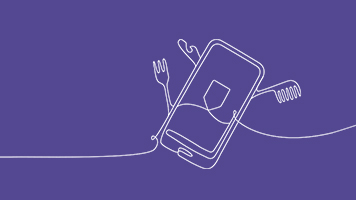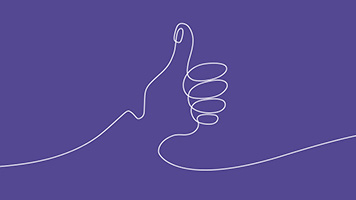Types of scams and fraud
Read about the latest scams and security threats.
An investment scam is where scammers convince you to invest in high return investments. The investments vary widely and may be in shares, real estate, bonds, mortgages, options or foreign currency trading, bitcoin, even betting syndicates and foolproof prediction software.
Scammers may claim to be bankers, stockbrokers, financial planners or other investment professionals, they may seem knowledgeable on investment matters and even send you links to legitimate looking fake websites and prospectus documents. Often the account name you are directed to pay differs to that of the investment company.
Online investment scams have been known to use celebrities’ names and pictures (without them knowing) to endorse their schemes.
Signs this may be a scam
- The return on an investment sounds too good to be true - Always research before any investment, fully understand the risks. Get independent financial advice from your accountant or financial adviser.
- You are told you can access your Super before you retire - It is illegal to access your super early under normal circumstances and the taxation office can apply penalties if you do.
- You are put under time pressure to invest or subscribe now - Do not act immediately. Check financial advisors are registered via the ASIC website.
- You are offered software that can predict sports or racing events or financial markets for high returns - Caution! No person or computer software can predict the future reliably.
- You are offered support to help you invest via remote access to your device - Do not download software or an app that shares remote access to your device. Scammers use this to access your personal and financial information.
Remember
- If it seems too good to be true, it probably is! Be suspicious of investment opportunities that promise a high return with little or no risk.
- Do not give your personal or financial details to unsolicited callers or reply to emails, SMS or advertisements offering financial advice or investment opportunities.
- Always do thorough research on apps, investment companies or advisors, and check for a valid Australian Financial Services Licence. Always look up the organisation's official information or website yourself, do not use any links you may receive via emails, pop ups, or advertisements. You can visit moneysmart.gov.au to check the list of 'Companies you should not deal with.
- Do not let anyone pressure you into making decisions about your money or investments. Always seek a trusted second opinion.
- Install and keep security software up to date on all devices. Do not open suspicious texts, pop-up windows or emails – just delete them.
Card fraud
Card skimming is the illegal copying and capture of magnetic stripe and PIN data on credit and debit cards. Skimming can occur at any bank ATM or via a compromised EFTPOS machine.
Captured card and PIN details are encoded onto a counterfeit card and used to make fraudulent account withdrawals and transactions.
Remember
Financial institutions, government agencies and most organisations will never contact you requesting access to your device, share your passwords, secure codes or other personal information via a pop up or a phone call. Never share these with anyone, regardless of the claims being made. Always call organisations back on trusted numbers found on their website or phone directory to validate any of these types of requests.
Think you’ve been targeted or see anything unusual on your accounts? Report it now and find out what additional support is available.
The Detail


